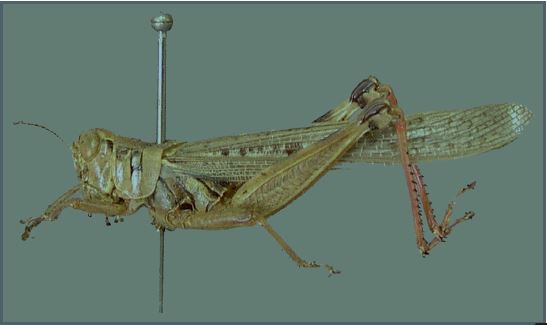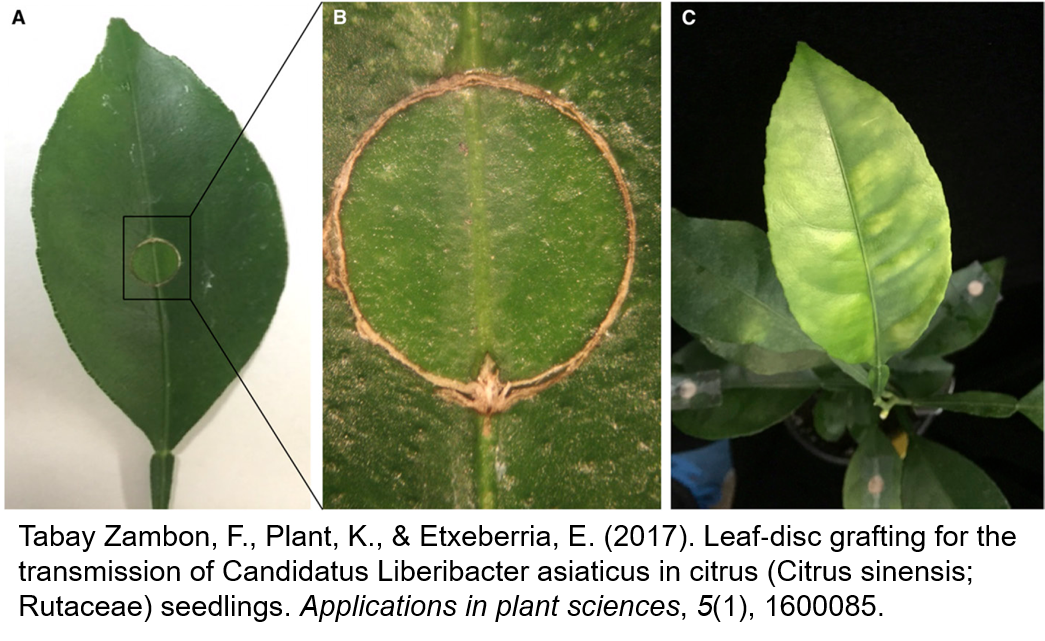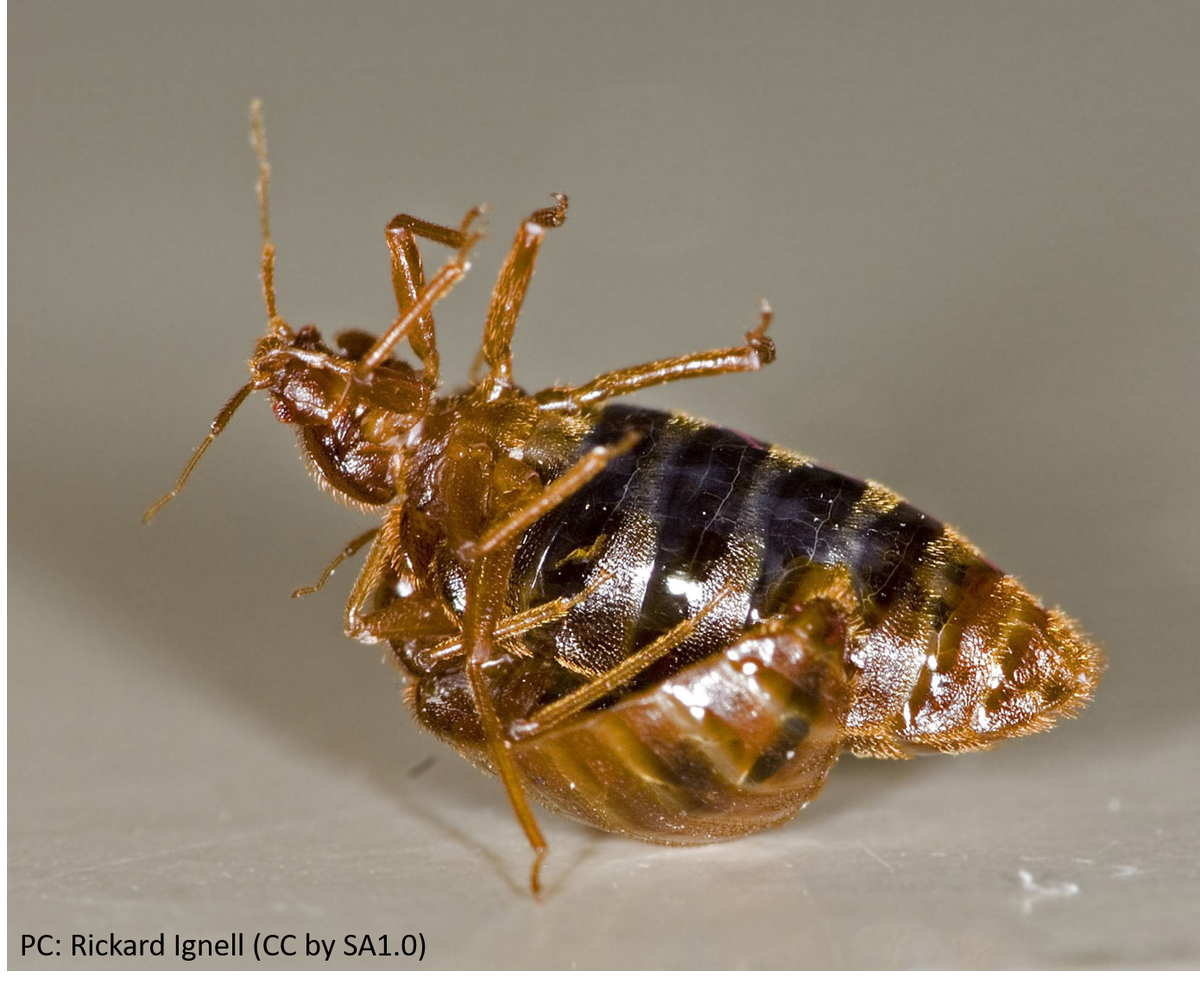
Real Entomologists, @Stylopidae, @Ms_Mars, and @SciBugs answer your questions about bugs!
Shoot us a question below!
How to get URL link on X (Twitter) App


 First, we really need to get into the definitions here because 'what is a venom' has been the subject of considerable debate.
First, we really need to get into the definitions here because 'what is a venom' has been the subject of considerable debate.


 The grasshopper, the Rocky Mountian locust, was once the most numerous animal on the planet.
The grasshopper, the Rocky Mountian locust, was once the most numerous animal on the planet. https://twitter.com/elonmusk/status/1383280704042127363Let's say, for funsies, that we're able to build some kind of ark.

 The Bitterroot river carves out a 75 mile canyon in Western Montana.
The Bitterroot river carves out a 75 mile canyon in Western Montana.
 Ae. aegypti is a mosquito that's originally from sub-Saharan Africa, adapted to living in the holes in trees.
Ae. aegypti is a mosquito that's originally from sub-Saharan Africa, adapted to living in the holes in trees.https://twitter.com/ratherastory/status/1079471718291382274The most important is a reference strain. Lots of mosquitoes were being bred in labs before pesticides were introduced, so we *know* they're not resistant to them.

https://twitter.com/Paleophile/status/1078897241769824256There is no shortage of videos/guides on how to rear crickets.

https://twitter.com/GMOFreeUSA/status/1074020903485362176
https://twitter.com/audstronaut/status/10309239671823237131.) They may be attempting to bury it, especially if it's on a hard surface.
https://twitter.com/battielove/status/1033392419990134786So...first, I believe that these people are accurately describing their perceptions of medical issues.

 Jay Traver was one of the early entomological pioneers. Her career centered mainly around aquatic insects, specifically mayflies.
Jay Traver was one of the early entomological pioneers. Her career centered mainly around aquatic insects, specifically mayflies.
 So, for the first tweet in this series, let's put these rumors to rest with data.
So, for the first tweet in this series, let's put these rumors to rest with data.

https://twitter.com/WyoWeeds/status/1028994862564032513It's not really known when humans started using pesticides.

 When we think of venom or poison, we typically think about the act of eating...and for good reason.
When we think of venom or poison, we typically think about the act of eating...and for good reason. https://twitter.com/chrissyteigen/status/1022365714106085378With respect to the replies in @chrissyteigen's thread, it's easy to see how the whole situation can be confusing. If you see a bunch of people arguing, it's hard to know who knows their stuff.

https://twitter.com/farmdogag/status/1018467327300521984Resapamea stipata isn't one of the big corn pests that we're used to seeing, and I actually had to do some serious digging to find any agriculture information.


 Fruitless is an insect-specific gene which turns on the developmental pathways needed for mating behaviors to happen in insects.
Fruitless is an insect-specific gene which turns on the developmental pathways needed for mating behaviors to happen in insects.
 Again, before we continue...bed bug sex does not resemble anything human sex should resemble.
Again, before we continue...bed bug sex does not resemble anything human sex should resemble.https://twitter.com/BugQuestions/status/1011072704978485248